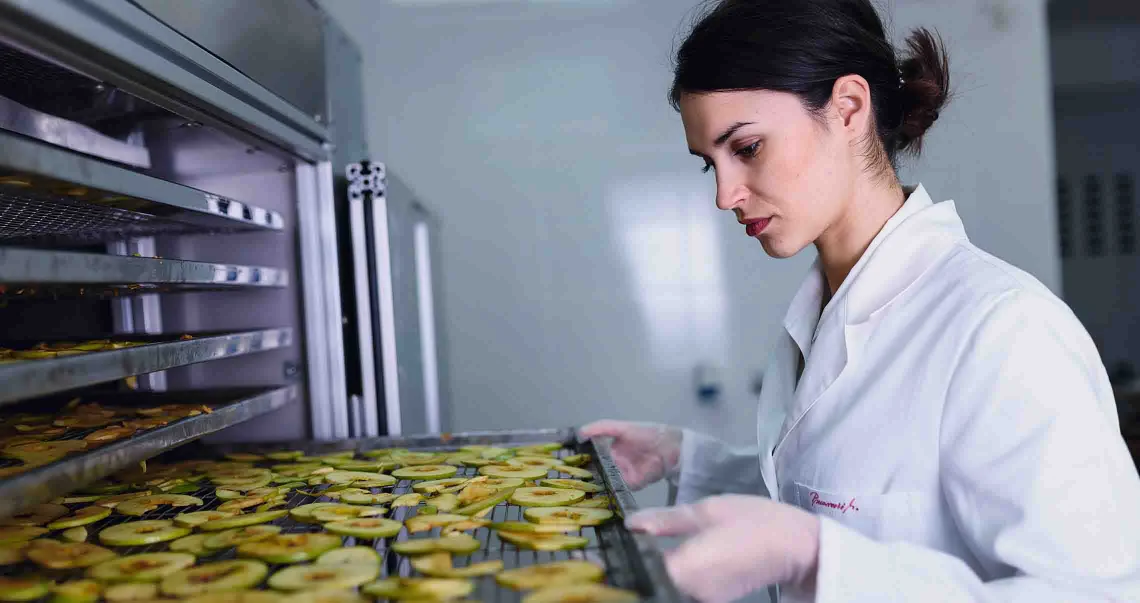Digital banking for business
Seamlessly access all of your accounts from one place with First Citizens Digital Banking for business.
Profit margins in the food and beverage industry are notoriously thin. This can make it difficult to get ahead in an already competitive field.

The key to thriving in this environment is having the right strategy in place. A strong business plan can give you a leg up on the competition and help your business achieve long-term success.
In addition to the normal ups and downs of running an organization, business leaders in the food and beverage industry face a range of difficulties specific to this sector. These include:
Price competition is a time-tested approach for standing out in a crowded market. However, the lower the price, the harder it is to turn a profit. This is one of the biggest reasons why tight profit margins are inherent in the food and beverage industry.
While a low barrier to entry is typically seen as a good thing, it also means there are a lot more brands you have to keep your eye on. Food and beverage manufacturing is competitive. For virtually every product available, there are competitors who offer something similar.
Consumers today are interested in getting the freshest goods possible, which can lead to some significant seasonal fluctuations. For brands that experience those highs and lows throughout the year, it can be difficult to maintain consistency in everything from sourcing ingredients to managing cash flow.
While globalization has brought a range of new products, ingredients and customers to the industry, it also comes with increased pressures. The challenges local businesses face increase when having to also compete with other brands selling a similar product all over the world.
To help keep profit margins stable and improve them over time, there are a few strategies you can explore. A one-size-fits-all approach doesn't always work, especially when dealing with a range of problems that dig into profitability. Here are a few areas you can address to start out.
First, look at your supply chain, and consider what you'll need to do to be able to change prices at a higher frequency. It's important to communicate directly with your suppliers and the smaller companies they rely on.
At the same time, use technology to identify snags and negotiate pricing more effectively. There are tools that allow you to see how your supply chain and logistics operation are performing in real time. End-to-end supply chain visibility can improve your customer experience, innovation and optimization, risk management and compliance.
There have been many advancements in tools, products and services specifically geared toward the food and beverage industry. Technology can help you get a handle on your costs and potentially identify places to maximize profits.
From manufacturing to the end points of the supply chain, it's not uncommon for products or ingredients to get tossed if someone isn't paying attention. Keep an eye on areas of potential waste that you can address and remedy. The costs of each wasted product might seem small, but they can add up quickly at scale.
As a business leader, there are always steps you can take to help improve your margins and maximize your profits, without sacrificing your product quality.
Although it can feel tough to get ahead in the food and beverage industry, there are plenty of strategies you can use to help move the needle and increase those margins over time.
Email Us
Please select the option that best matches your needs.
Customers with account-related questions who aren't enrolled in Digital Banking or who would prefer to talk with someone can call us directly.